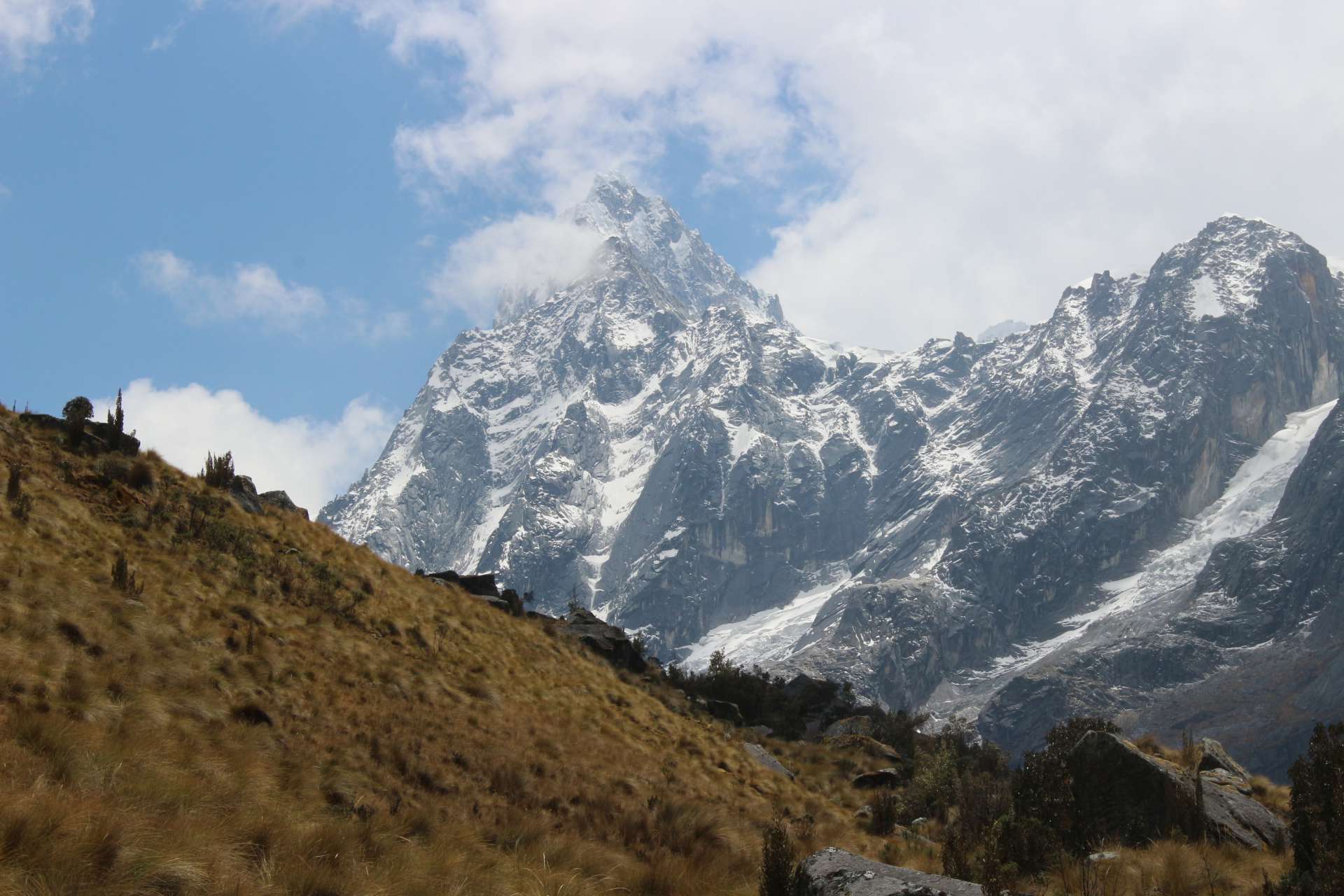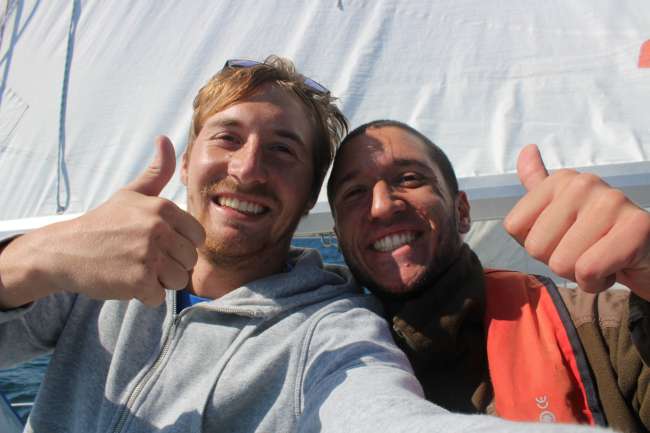Rainbow Mountains - Between Fascination and Mass Tourism
ପ୍ରକାଶିତ |: 19.12.2016
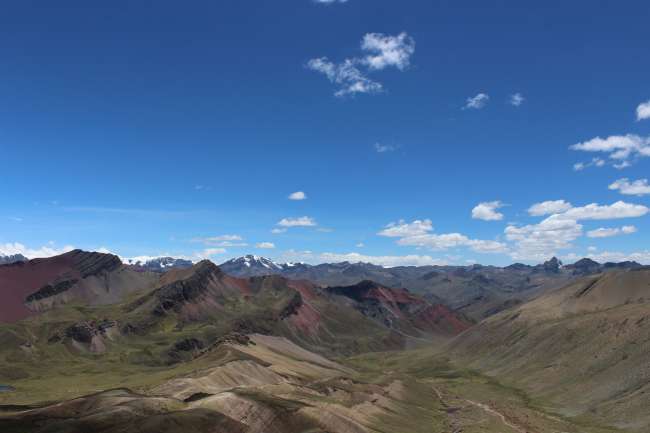
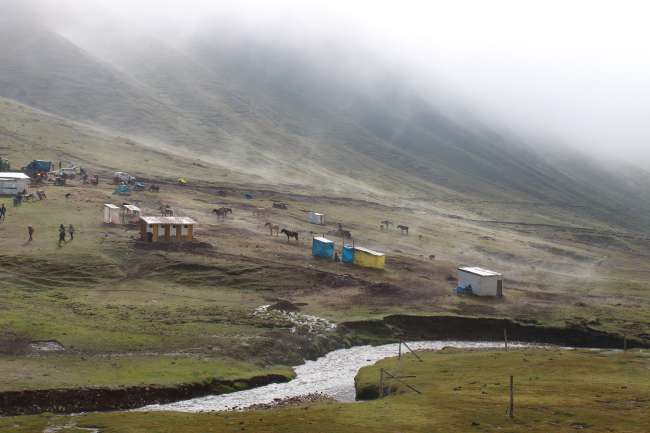
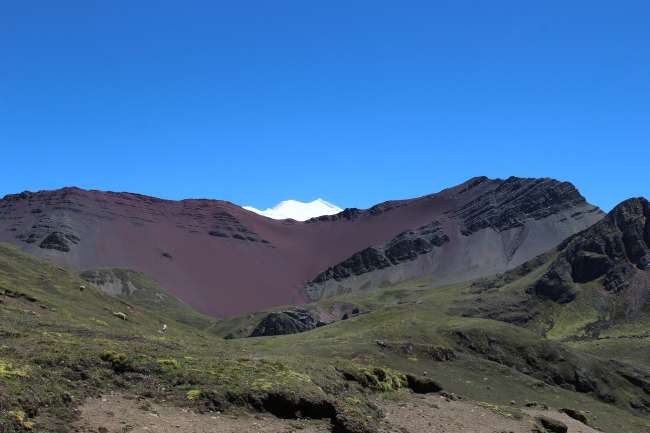
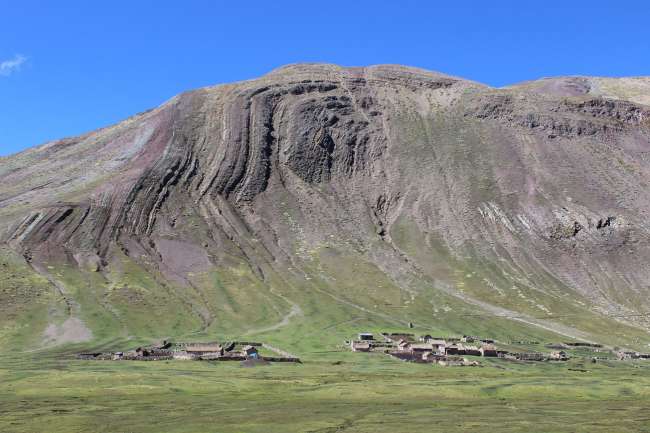
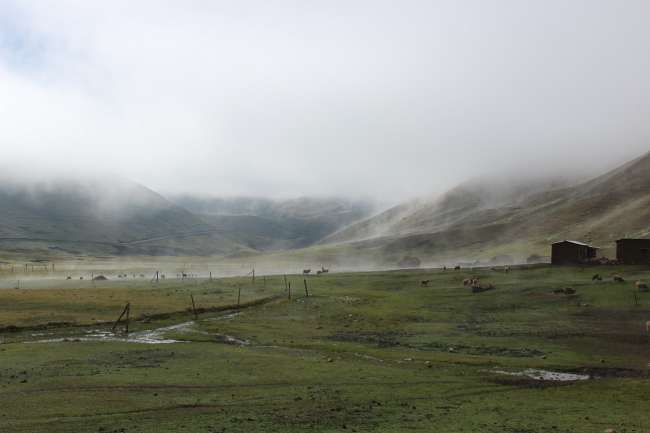
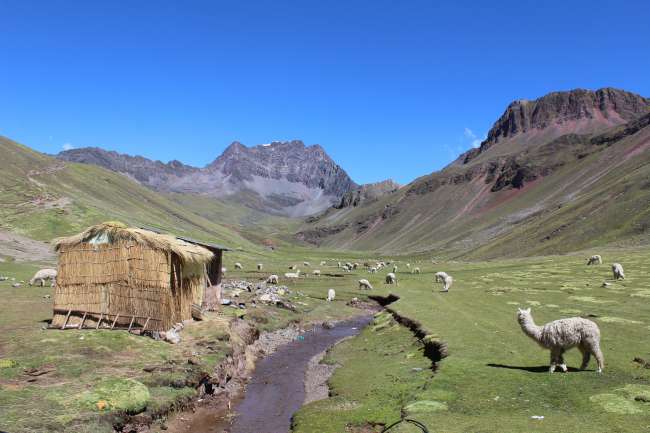
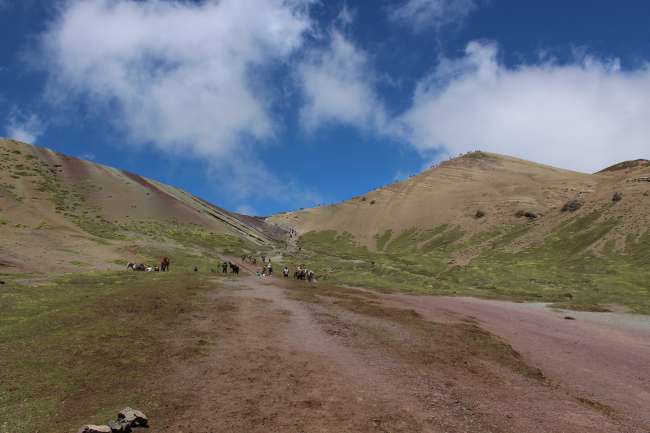
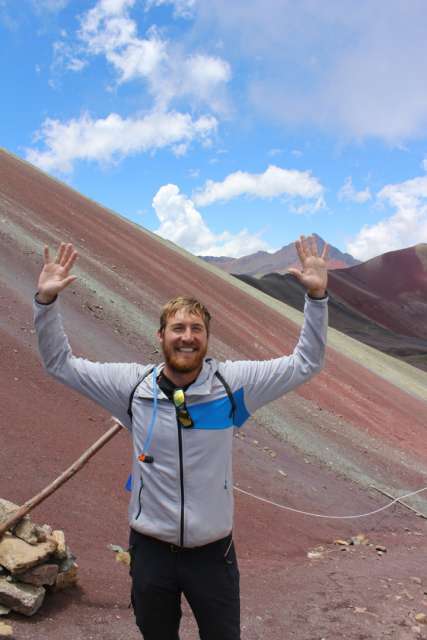
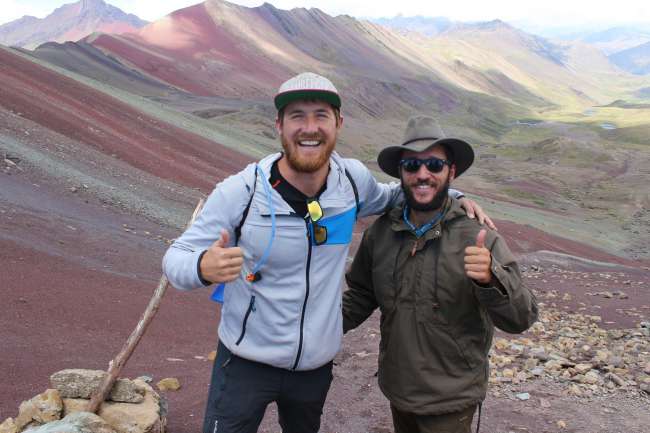
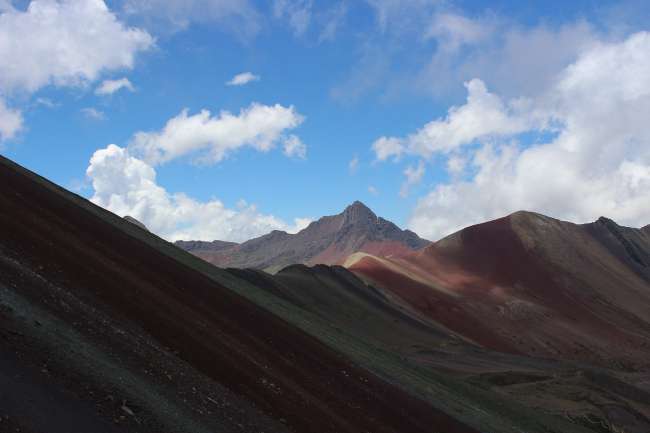
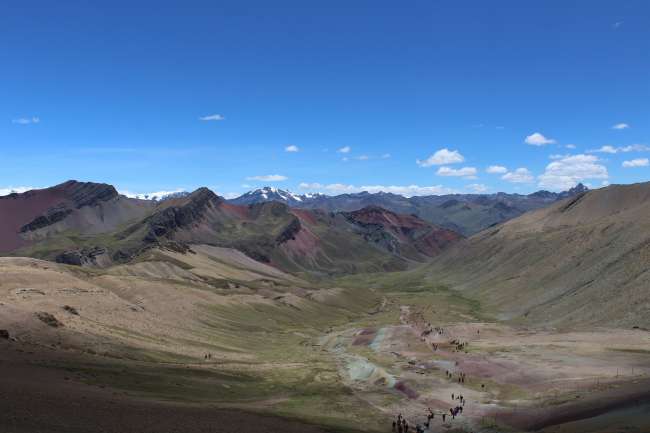
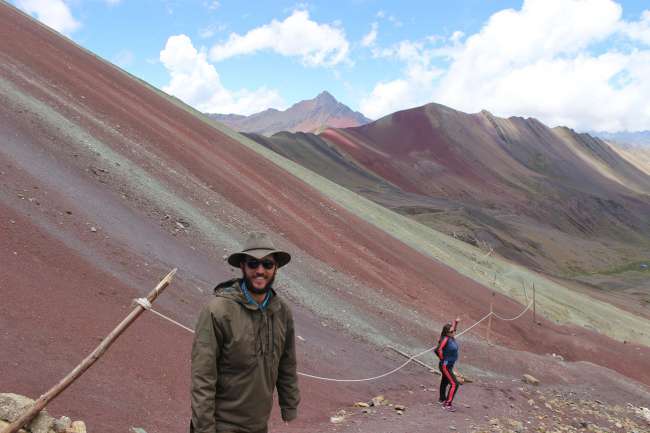
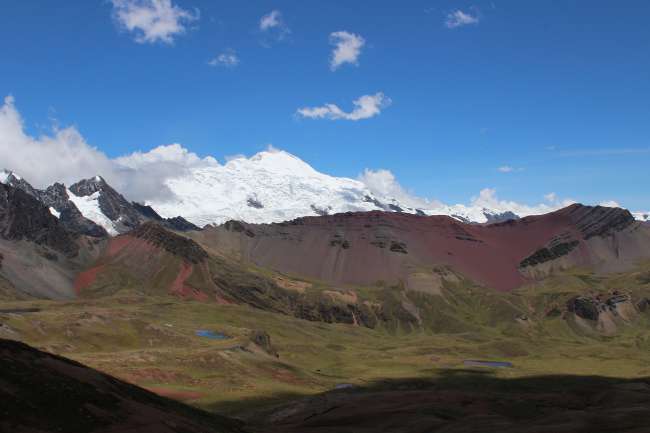
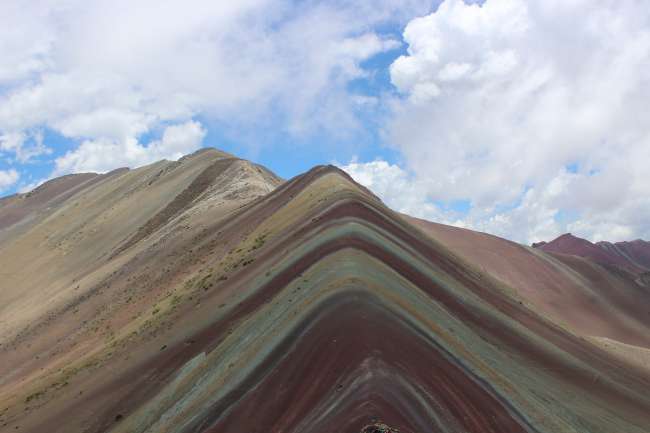
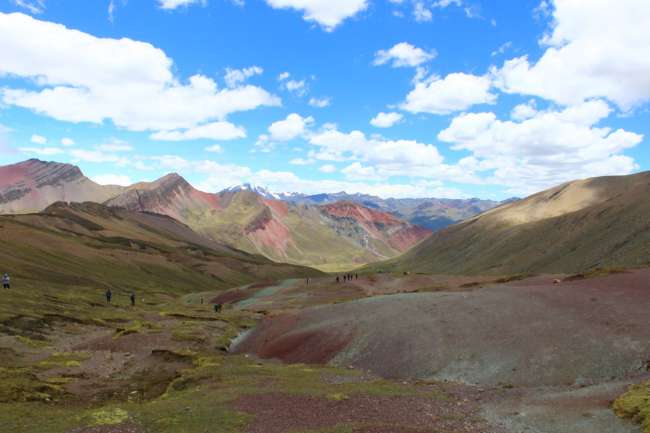
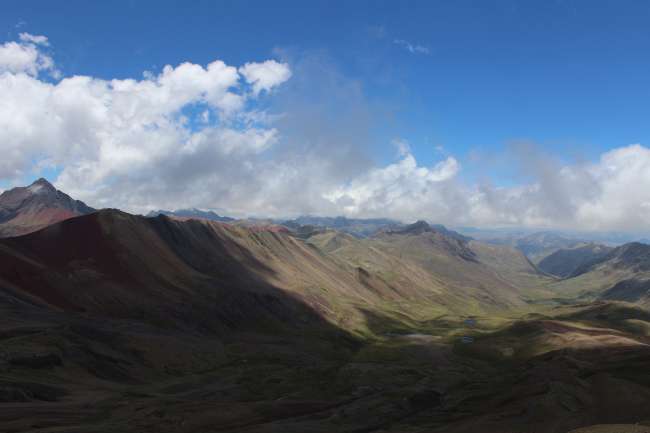
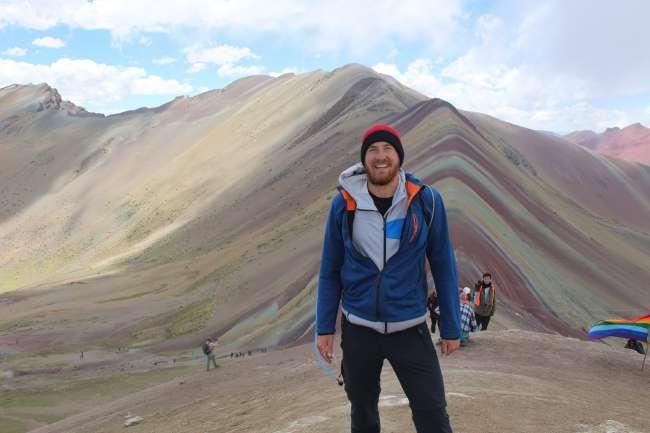
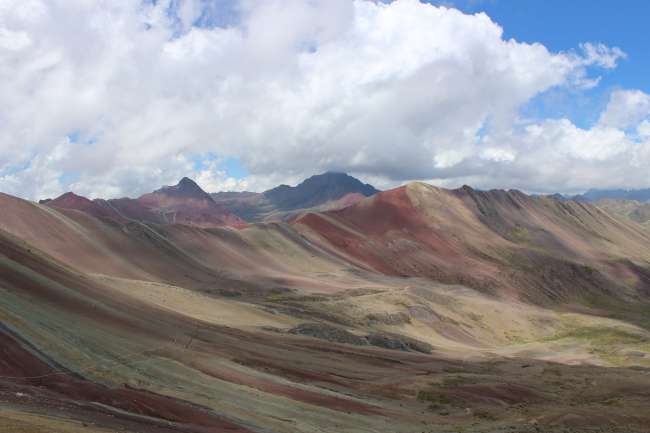
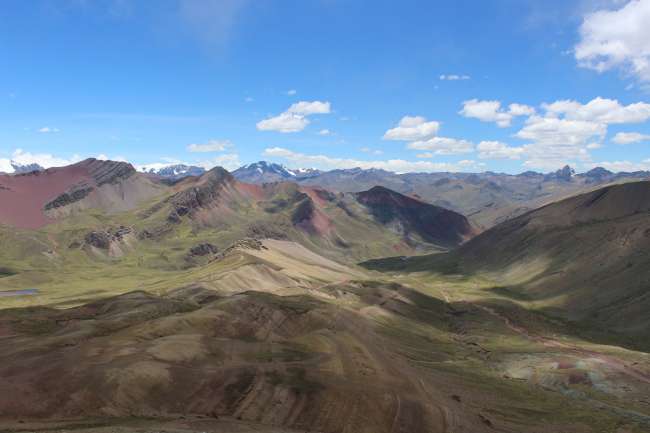
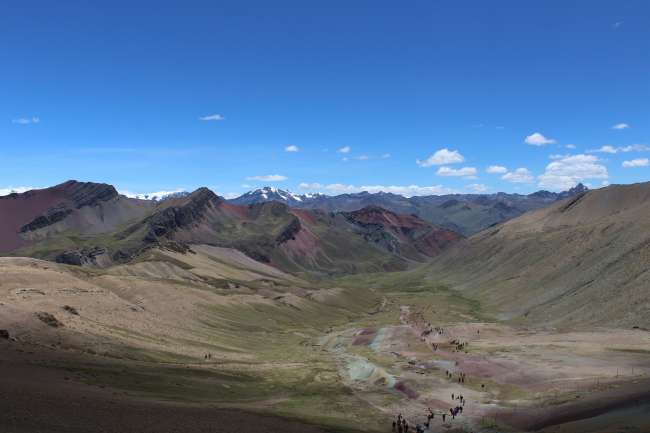
ସମ୍ବାଦପତ୍ରକୁ ସବସ୍କ୍ରାଇବ କରନ୍ତୁ |
After the first beautiful days in Cusco and our ongoing planning preparations for the Salkantay Trek to the most famous Inca monument in history, Machu Picchu, we decide to spontaneously change things up and start the day tour to the famous Rainbow Mountains, also known as Vinicunca Mountains, together with a Canadian couple.
The next morning, we start early as usual. The alarm goes off at 2:45 am, and promptly, which is very surprising for South American standards, we are picked up at 3 am with the sprinter van. Then, together with 15 other hikers, we embark on a 3-hour bus ride until we reach the first village, where we have a modest breakfast. Together with the others from the bus, we meet two more bus groups, and together we form the Friends of Nature hiking group, complete with a flag and everything. After breakfast, we receive a briefing. What does the hiking trail look like, what can we expect, what animals will we see, etc. After receiving all the information, we get back into the sprinter van and head towards the starting point of the hike, which is already at an altitude of 4,400 meters. Upon arrival, we are greeted by a lush green valley, which is still covered in fog in the early morning hours. The first llamas and alpacas are grazing on the meadows, and together with the locals, who offer horse transport to the summit of the mountain, they complete the first impression alongside the countless tourists. So, after a few minutes of delay, we finally start towards the first checkpoint of the track to collect the entrance fees. We hike on a partly muddy and rocky path between two mountain ranges, climbing up to a plateau that offers lush green meadows and countless alpacas. Upon arrival, we walk across partially flat terrain towards the checkpoint, always surrounded by majestic mountain formations. After about 1.5 hours, we finally reach the checkpoint, and we receive our tickets for the mountain. Entertained by our guide, an old, friendly Peruvian man who seemed like he had taken too much cocaine but was still very funny, he released us into freedom and to the last final ascent. This part takes another one to two hours. From here, the climb becomes steeper, and the thinning air starts to make itself felt. Steps become slower, breathing becomes harder. Nevertheless, full of motivation and faithful to our motto "slow and steady," we continue towards the summit. And again and again, we glance back at the valley, seeing everything becoming smaller. Soon, the people and animals look like little toy figures. Today, the weather is in our favor, and thanks to the sun, the landscape shines in all its glory and vibrant colors. I reach the last stretch of the ascent, where even the "lazy tourists" who took the horse have to continue on foot. Slowly, a pressure in my head creeps in, which seems to get stronger over time, despite drinking plenty of water. Could it be altitude sickness? Motivated by ambition, I decide to endure the "pain" and fight my way up the last part of the mountain. Upon reaching the top, a feeling of relief and satisfaction washes over me. My first mountain above 5,000 meters! Personal record! Woohoo! The view is phenomenal, and the colors of the mountains are truly fascinating. 10 minutes later, Marius also reaches the summit of the mountain. He seems to be doing well. Full of leftover energy, he climbs another 100 meters to the Mirradores, standing at 5,200 meters! An incredible feeling, as he later told me. We still gather information from one of our guides, who was waiting for us at the summit, about the history of the mountain. The mountain was covered in snow and ice 5 years ago. It was the global warming that exposed the colors of the mountain by melting the ice and snow. The mountains were likely formed by significant eruptions, carrying different types of soil, that is, colors, up with them. (Red = iron; Yellow = sulfate) Well-preserved in ice, they survived for thousands of years before being freely admired by everyone. Due to the ice, they could not be covered in grass and are therefore more visible. After the informative conversation, we start heading back down. The wind starts to blow heavily at over 5,000 meters, and the first dark clouds have rolled in. The way back, which is the same as the way up, is mostly relaxed, and after another 1.5 hours, we reach the buses for our return transport. At this point, my headache has only improved slightly, and Marius has also started to complain about his first headaches. The altitude seems to be affecting both of us. We continue with the bus, driving along an off-road road next to a cliff towards the village where we will have our lunch. Neither of us can eat much, but the descent from 5,200 meters to 4,200 meters has already significantly improved our well-being. During the 3-hour bus ride back to Cusco, we rest and close our eyes, like most of the people on the bus. When we arrive in Cusco, we already feel much better, and on the way back to the hostel, we go over the impressions once again. The landscapes and the natural spectacle that we were able to witness were phenomenal. The only thing that bothered us a bit was the fact that it is no longer a secret tip and that the streams of visitors climbing up the mountain were like an ant trail. We missed a bit of adventure and freedom. Nevertheless, the mountain was worth a visit! Our first mountain above 5,000 meters, paired with the beautiful panorama, makes us overlook the other tourists with ease.
More real adventures are coming soon.
Best regards,
Marius and Max
ସମ୍ବାଦପତ୍ରକୁ ସବସ୍କ୍ରାଇବ କରନ୍ତୁ |
ଉତ୍ତର

ଭ୍ରମଣ ରିପୋର୍ଟ ପେରୁ
